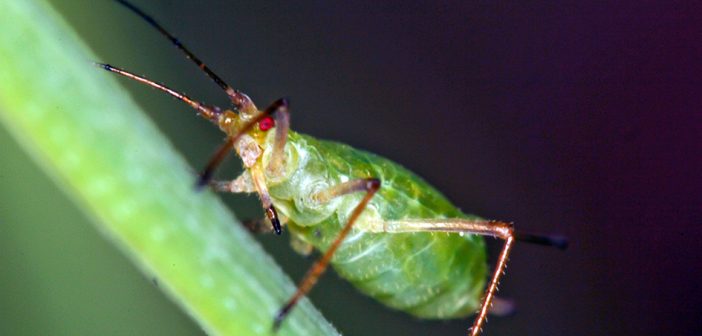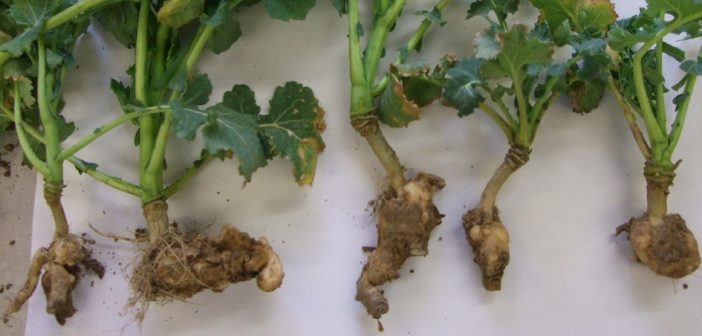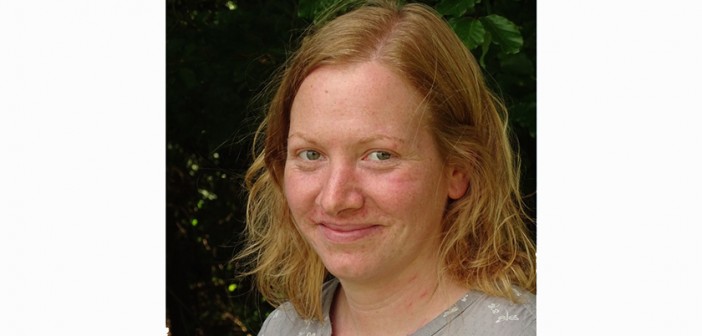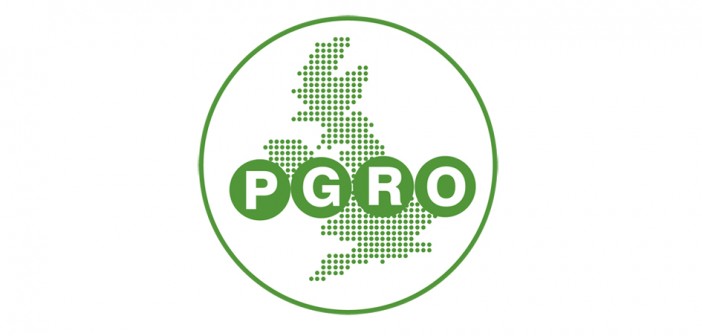PGRO will hold its next course on Pea & Bean Crop Protection at its will be held at its Research Station at Thornhaugh near Peterborough on 6 February 2018.
The one day course provides agronomists, consultants, growers and crop managers with the latest updates in crop protection for both vining and combining peas, as well as winter and spring field beans. Major pests, diseases, disorders and weed control strategies, will be covered with the aim that participants can correctly identify pests, diseases and disorders following the training. They will also appreciate the regional and national significance, be aware of herbicide options (including the strengths and weaknesses of different herbicides), and be able incorporate control measures into integrated pest management programmes.
The course is recognised by BASIS and costs £205.00 per person (including VAT). The fees cover lunch, refreshments and literature. Applications should be made by 30th January latest. Interested parties should contact Sue Bingham (sue@pgro.org) for booking details as numbers are strictly limited.

Photo Caption: The course covers all major pests and diseases of peas and beans.
Photo Credit: Wikimedia
The post PRGO to hold pea and bean crop protection course appeared first on Hort News.


